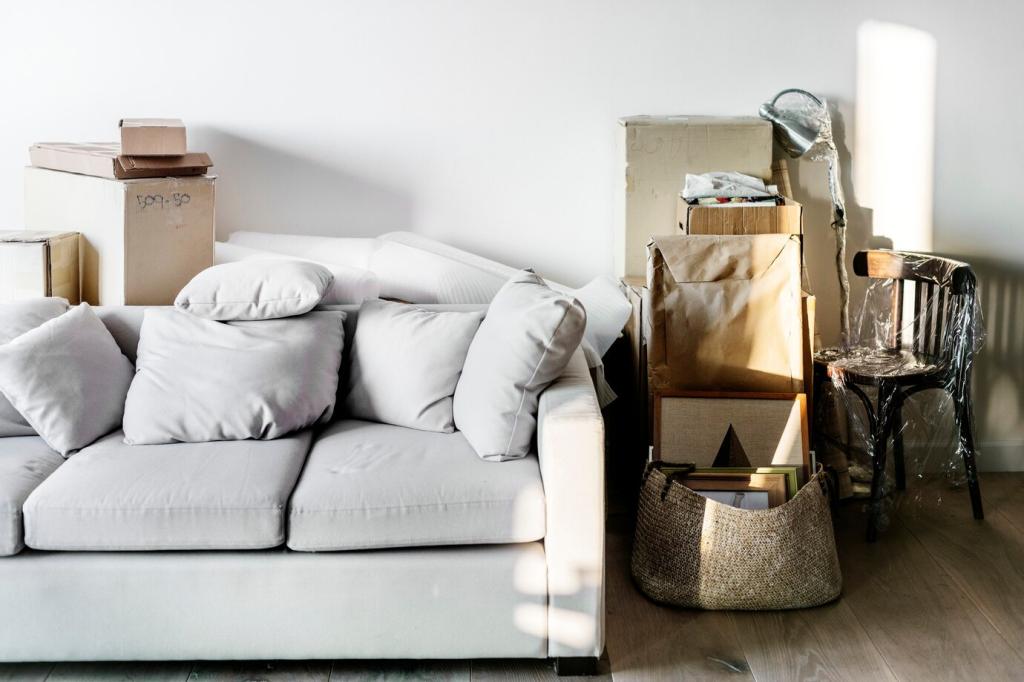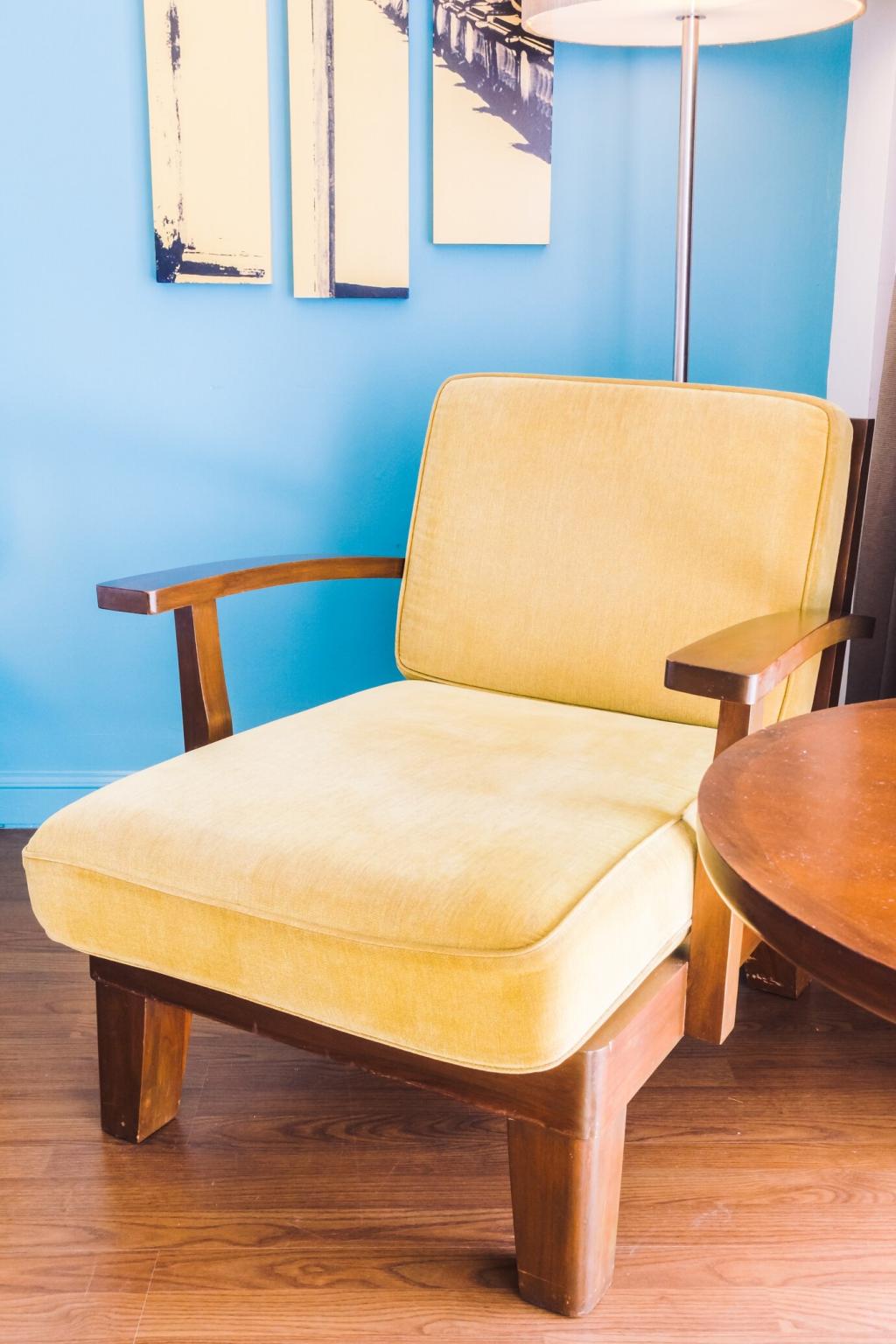
Eco-Friendly Furniture Trends
Sustainable living is more than just a buzzword—it’s a commitment to mindful choices that shape a better future. Eco-friendly furniture trends reflect a growing awareness of environmental impact, inspiring designers, manufacturers, and homeowners to prioritize materials, processes, and practices that nurture the planet. In recent years, eco-conscious design has moved from niche to mainstream, offering beautiful options that balance style, durability, and sustainability. This guide delves into the most significant trends shaping the green furniture movement, highlighting innovative concepts, materials, and ideas for transforming your home responsibly.
Sustainability in Design and Manufacturing
Lifecycle thinking involves evaluating the environmental impacts of a piece of furniture throughout its lifespan—from initial concept to disposal or recycling. Designers are now focusing on creating products that are easy to repair, recycle, or biodegrade, minimizing landfill waste. Materials are selected not just for their origin, but also for what happens after their use. This holistic approach ensures that eco-friendly furniture remains beneficial and low-impact, even as trends and needs change.
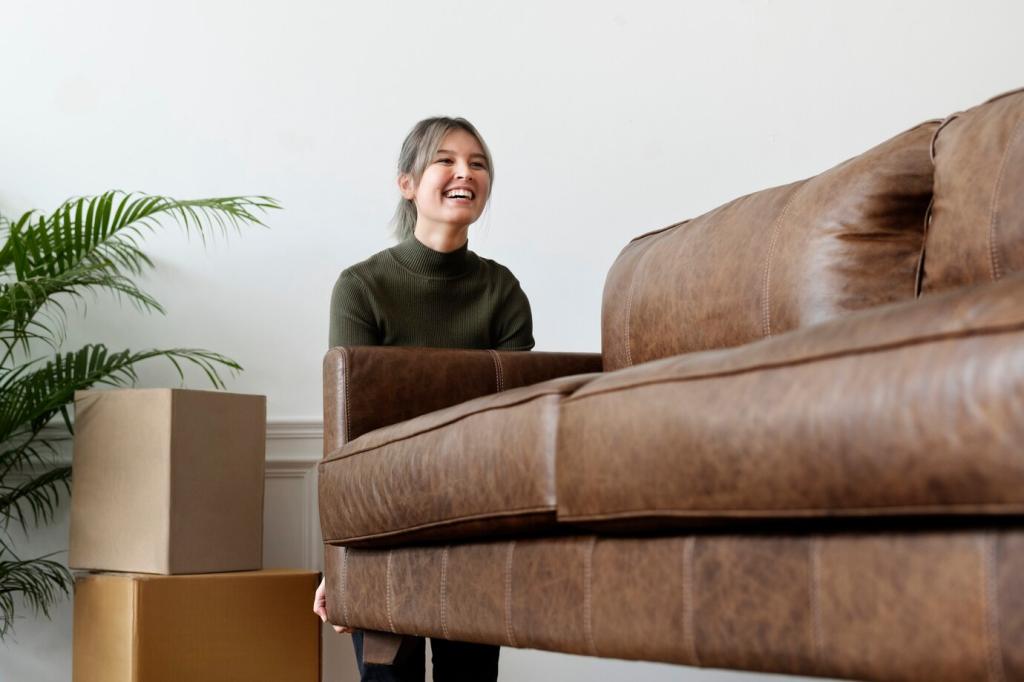

Rapidly Renewable Resources
Materials like bamboo, rattan, and cork are gaining popularity due to their rapid growth cycles and ability to regenerate without intensive agriculture. Bamboo, for example, grows much faster than traditional hardwoods and doesn’t require chemical fertilizers or pesticides. These materials bring a fresh, natural look to interiors while reducing dependence on slow-growing forests and lowering overall resource consumption.

Reclaimed and Recycled Content
Furniture created from reclaimed wood, upcycled metal, or recycled plastics turns existing resources into something new and valuable. By redirecting post-consumer and post-industrial waste from landfills, designers create one-of-a-kind pieces with rich histories and character. The process of reclaiming materials often uses less energy than producing new ones, resulting in both environmental and aesthetic benefits for eco-minded consumers.

Natural Dyes and Non-Toxic Finishes
Conventional furniture often relies on chemicals that can harm indoor air quality and the environment. Eco-friendly trends are shifting towards non-toxic, plant-based finishes and natural dyes, which are safer for inhabitants and the planet alike. These alternatives highlight the natural beauty of wood grains and textiles, ensuring that each piece is both visually appealing and healthier for your home.
Previous
Next
Minimalist furniture favors clean lines, uncluttered forms, and soothing neutral tones that integrate seamlessly into various décor styles. This visual simplicity enhances a sense of calm and order, making spaces more enjoyable while ensuring that pieces remain fashionable longer. By resisting fleeting trends, minimalist designs prolong each product’s lifecycle and reduce unnecessary consumption.
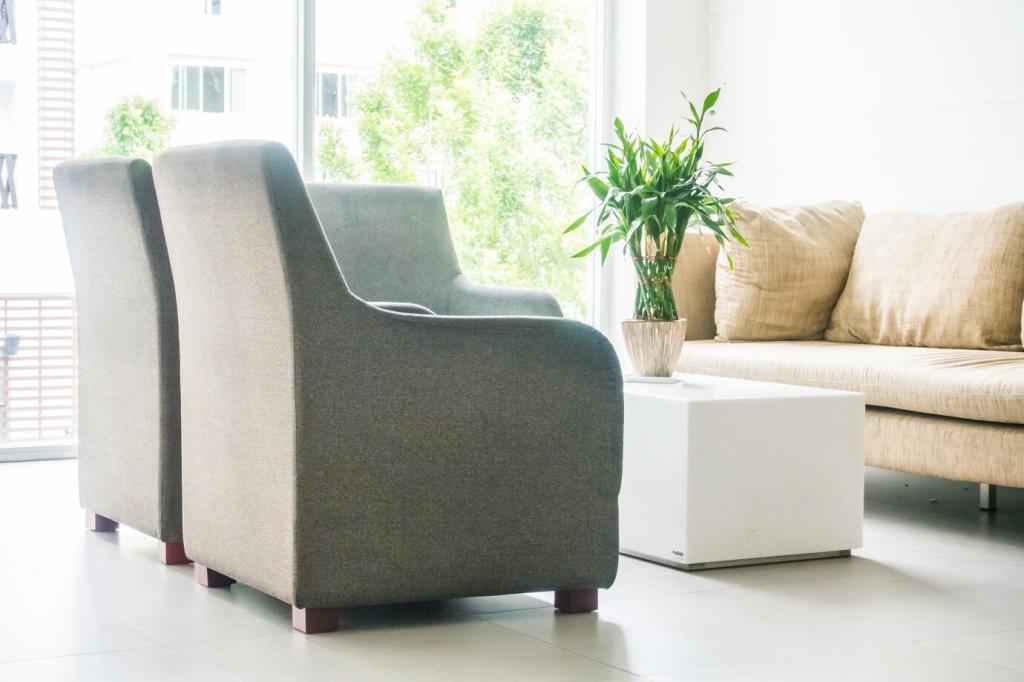
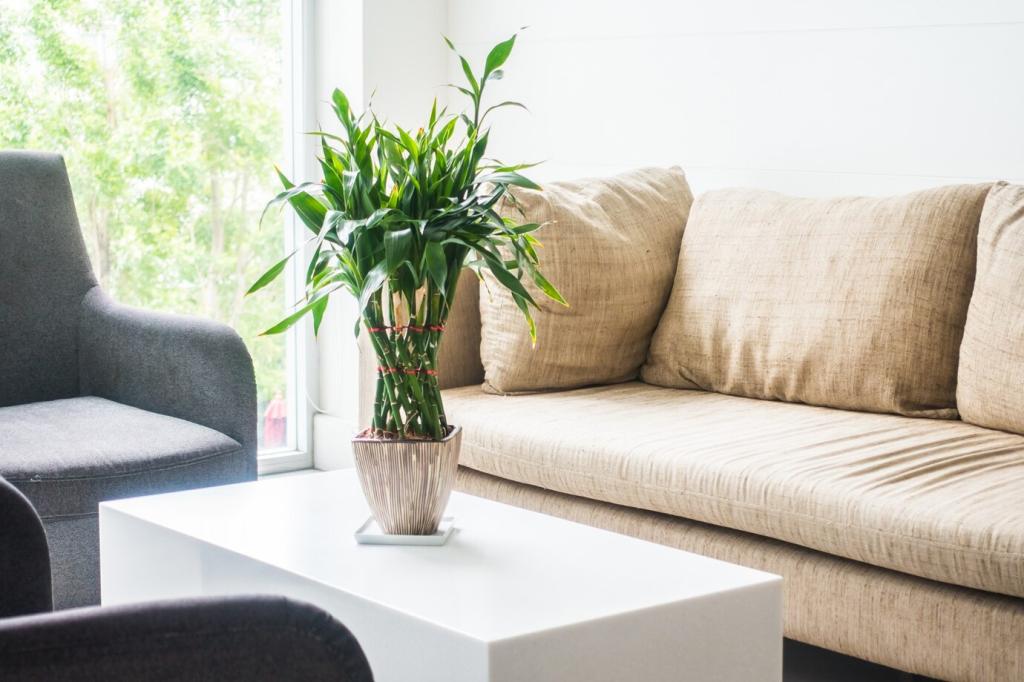
Previous slide
Next slide
Low-Emission Materials
Furniture made from low-emission materials, such as formaldehyde-free plywoods or water-based adhesives, contributes significantly to improved indoor air quality. As awareness of VOCs (volatile organic compounds) grows, more manufacturers are committing to products that support health without sacrificing style or performance. This shift benefits everyone—especially sensitive groups like children or those with allergies.
Integration of Natural Elements
Incorporating natural materials and elements into furniture design—such as wood, stone, or unbleached fabrics—invites the restorative effects of nature indoors. These textures and tones create a soothing atmosphere that promotes relaxation and balance. Biophilic design principles not only enhance aesthetics but also foster a deeper connection between homeowners and their environment.
Support for Healthy Lifestyles
Designers are crafting furniture that goes beyond utility to actively support well-being. Ergonomically shaped seating, adjustable desks, and sleeping solutions using organic materials all enhance comfort and promote health. These choices illustrate how sustainable furniture is not just good for the environment but also vital for everyday quality of life.
Technology Enhancements in Sustainable Furniture
Digital design tools allow for highly accurate models, simulations, and virtual prototypes, reducing the material waste associated with traditional trial-and-error methods. Customization platforms enable consumers to select eco-friendly finishes, sizes, and accessories, ensuring that purchases fit perfectly and minimize the risk of returns or replacements.
